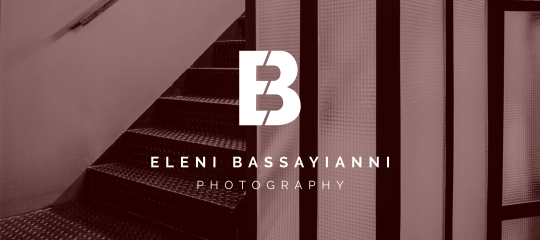Agios Nikolaos Orphanos church
Agios Nikolaos Orphanos was a chapel of a monastery of Byzantine times.
Location
Timeline
Modern and Contemporary era (1912 - )
1957 The murals were unveiled during the preservation of the monument, which lasted until 1960.
Ottoman era (1453- 1912)
Byzantine era (331 AC- 1453)
1310 Constructed between 1310 and 1320.







Share